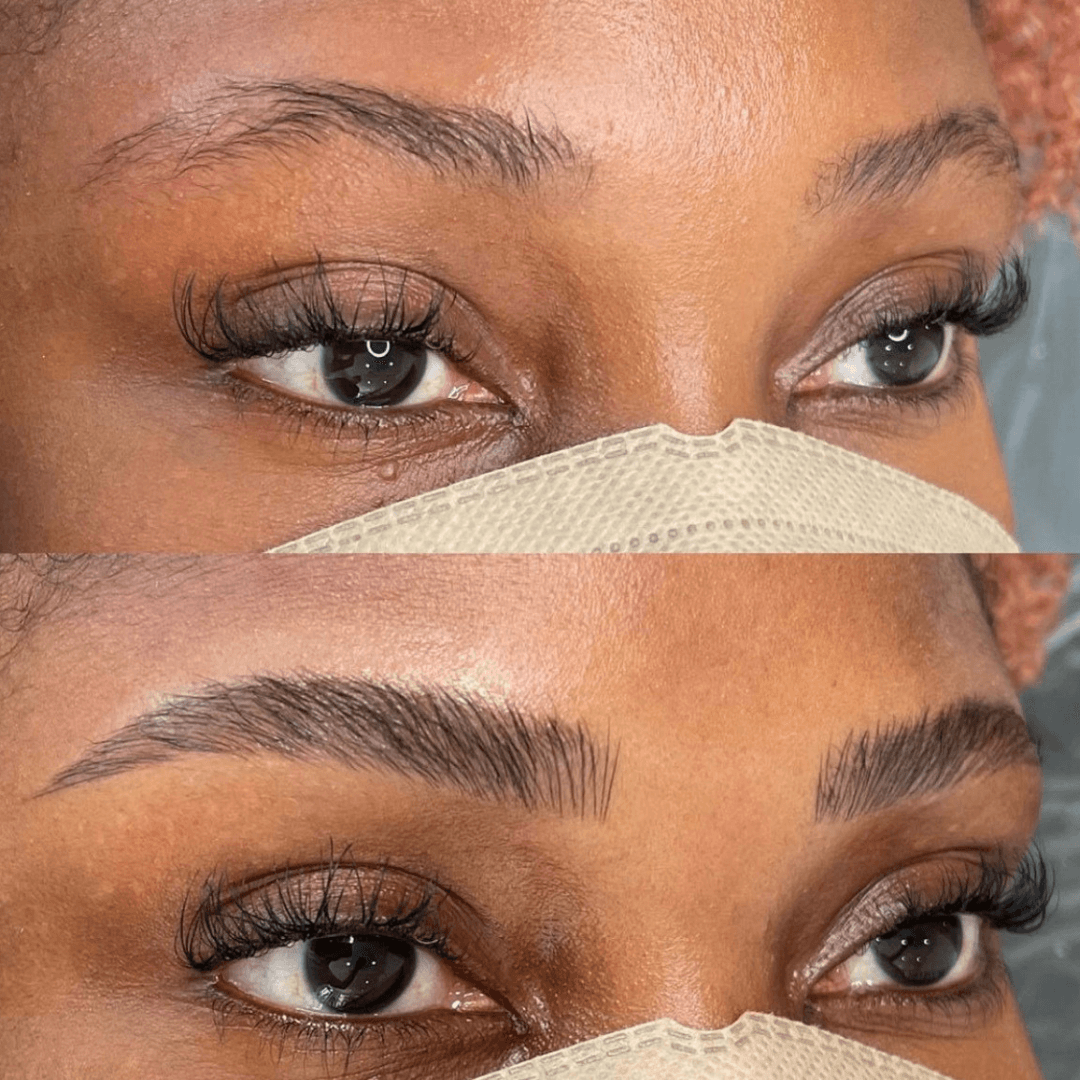Color Theory Terms in Permanent Makeup
We get asked ALL the time about our imAGe pigments and color theory so let’s chat a bit about the need to know terms for pigment and permanent makeup procedures.
Color Terminology
Hue
Identifies the color by name and distinguishes it from other colors
Value
Describes the lightness or darkness of a hue created by adding black or white
Saturation
Relative intensity of color from vivid to dull
Chromaticity
Amount of identifiable color in a hue
Relative Temperature
Amount of warmth or coolness in a specific hue
Neutralizing
Color relates to the loss of vibrancy in an existing color by introducing the appropriate complementary color
Organic Colorant
A colorant that contains carbon atoms and is the more stable of the two. Typically synthesized meaning it’s made from chemical formula but is non toxic. There are two different types of organic colorants:
- Type 1: Soluble organic dyes combined with a material to make the color insoluble. This type of organic colorant is termed as a lake pigment.
- Type 2: Insoluble colorants which tend to have a higher lightfastness and brightness.
Inorganic Colorant
Naturally mined or synthetic colorants such as metallic oxide, sulfide, and other salts.They do not contain carbon atoms. Inorganic colorants are:
- Iron Oxide
- Ultramarine Blue, Violet, and Pink
- Chromium Oxide Green
- Hydrated Chromium Oxide Green
- Titanium Dioxide
- Manganese Violet
Primary Colors
Red: Medium brightness and density of the three primary colors. Usually has a bias toward a warmer orange version or a cooler violet version although there are reds that have less of a bias than others.
Yellow: Lightest and brightest of the three primary colors with little density but extreme intensity. Either cool with a bias toward green or warm with bias toward orange.
Blue: Most depth and density of the primary colors and is considered cool. Blue could be a component of technician color mixing (mixing primary colors) to create a brown.
Secondary Colors
Combination of two primary colors.
Orange: Commonly used in formulation bases for eyebrow and lip formulations. Made specifically for modifying the temperature of an existing eyebrow, eyeliner, or lip color to a warmer temperature. Used as color correction for blue, gray and green.
Green: Made specifically for modifying the temperature of eyebrow and eyeliner colors to a cooler temperature. Green corrects the colors red and orange that may be seen on aged eyebrow procedures.
Violet: Rarely used for base color but rather for fashion color for eyeliner colors. Has a heavy density which makes it not a fit for color correction.
Intermediate Colors
Combination of primary and secondary colors.
Yellow-Orange: Often seen as color correction for low-density gray or blue eyebrows. It is also a color used in eyebrow formulations.
Red-Orange and Red-Violet: Most often seen as lip colors although red-orange may be the base of a very warm eyebrow color.
Blue-Violet and Blue-Green: Most often seen as fashion colors for eyeliner
Yellow-Green: Most often seen as correction color for red-violet eyebrows and as a base for eyebrow formulations.
Tertiary Colors
All other combinations
Brown: Browns are the principal colors used for eyebrow procedures and also a color for eyeliner.
Black: Used as an eyeliner color and a mixing color to darken other colors. Carbon black is an organic color used for eyeliner procedures by those with advanced knowledge and experience - it is not advisable to use as an additive to darken other colors.
White: White should be used very rarely in permanent makeup. This is a color that is controlled at the manufacturer level and technicians should never add white to any color independently. White or camouflage colors should never be tattooed over another color to reduce its appearance.
What do these terms mean for the pigments you actually work with in permanent makeup? The imAGe pigment guide lists out each pigment’s function and compatibility with Fitzpatrick skin types. Find the pigment (or combine a few) you need here.



Leave a comment
This site is protected by hCaptcha and the hCaptcha Privacy Policy and Terms of Service apply.